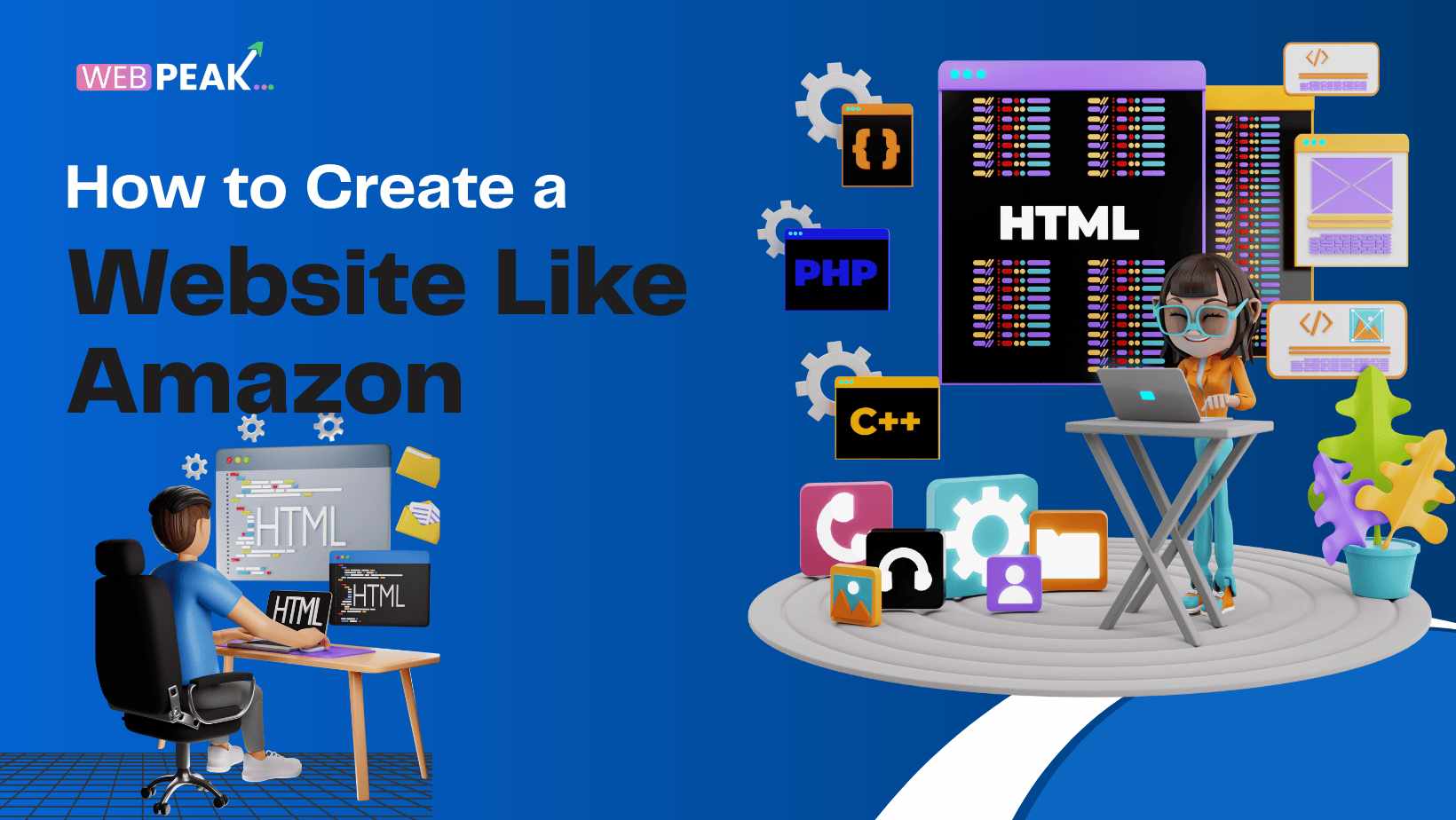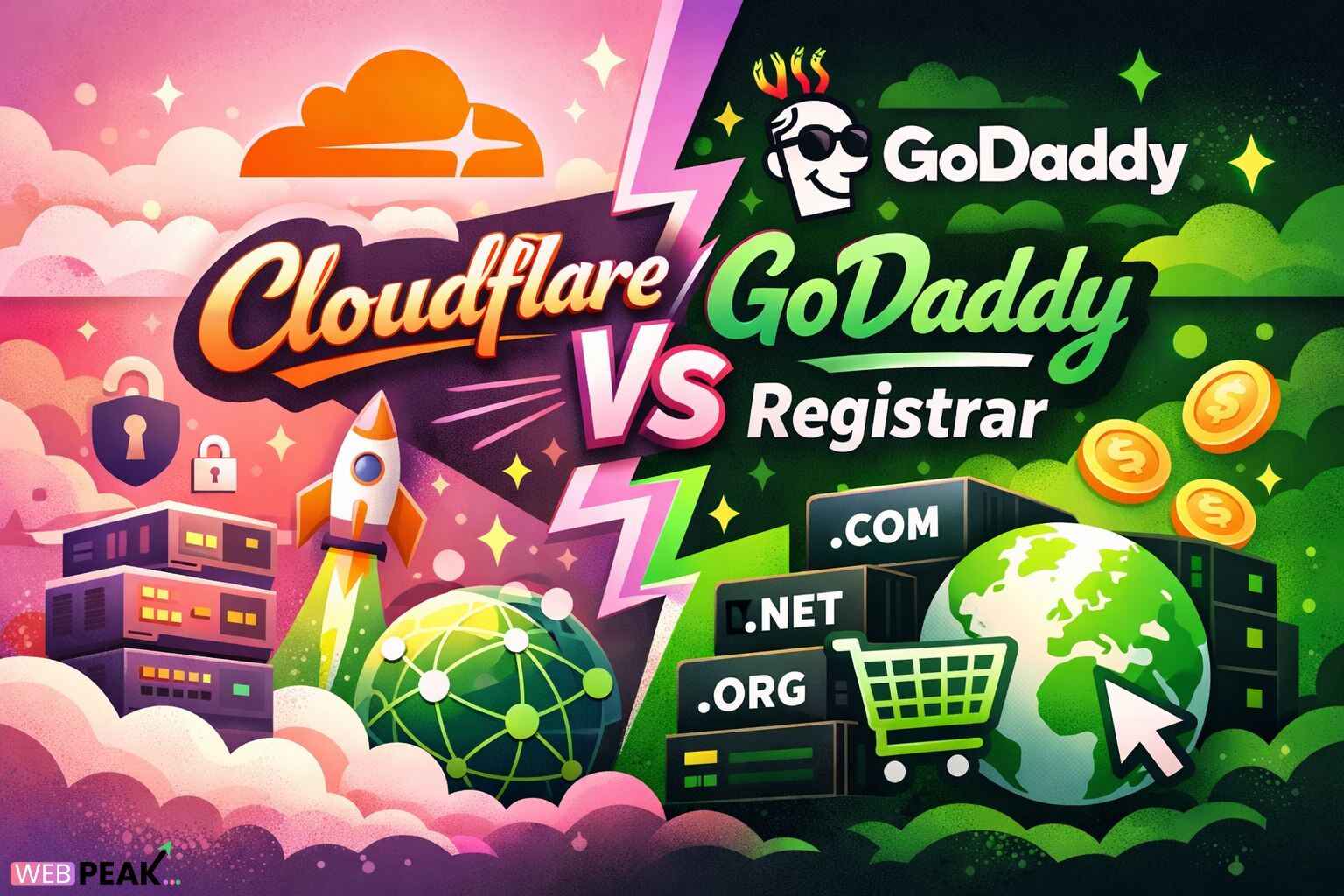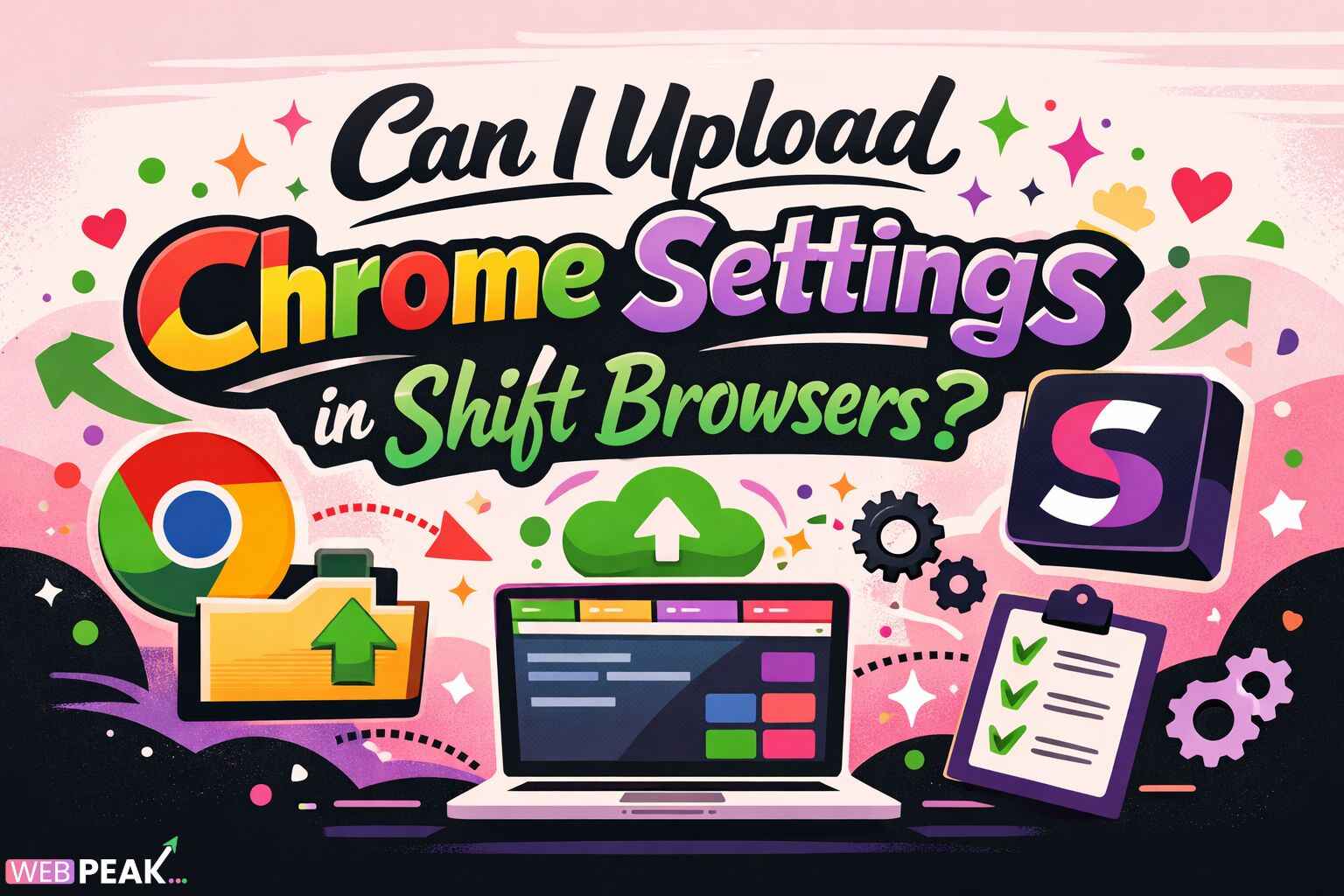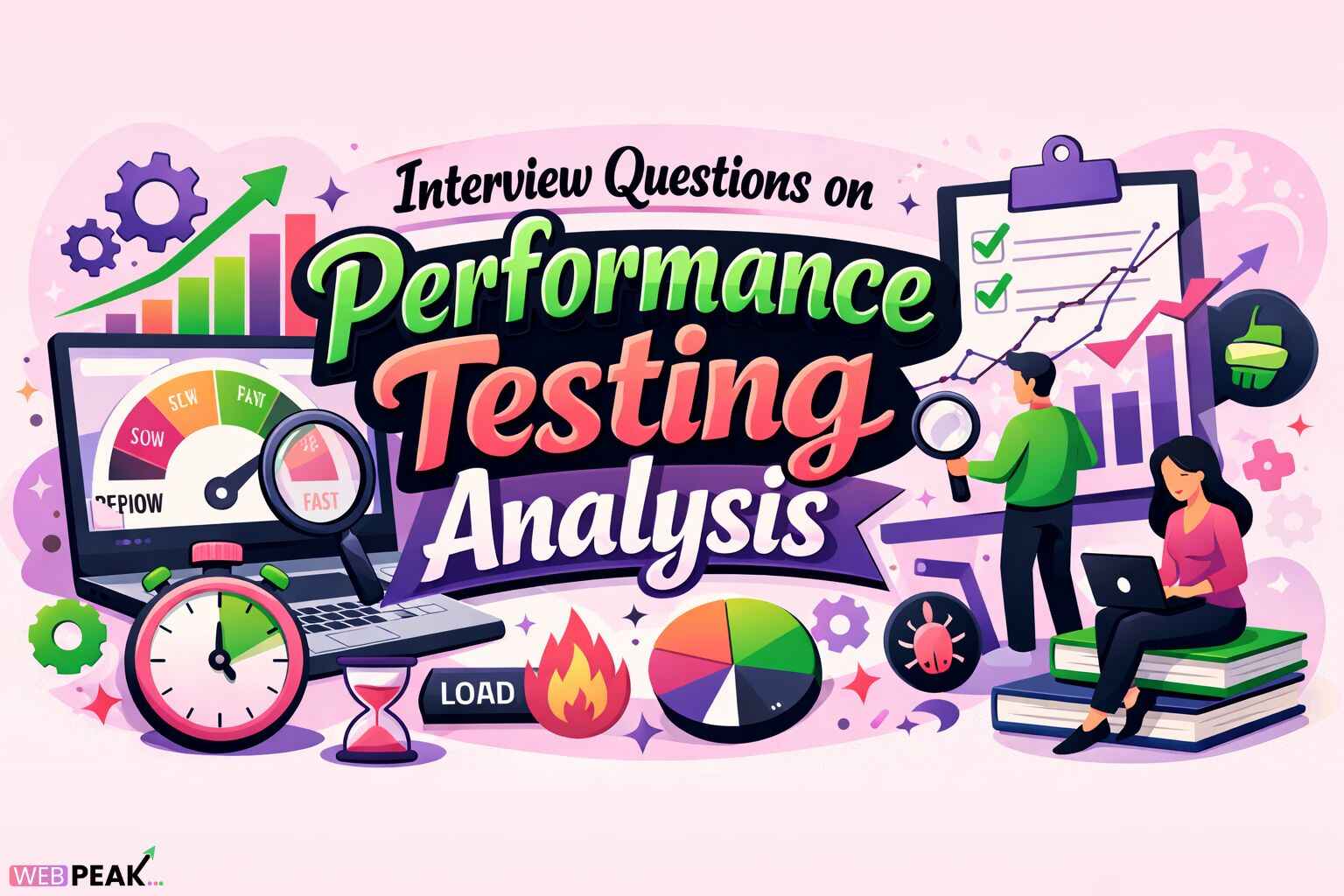How to Create a Website Like Amazon: A Complete Step-by-Step Guide
Building an eCommerce giant like Amazon is a dream for many entrepreneurs. While it takes years of planning, strategy, and development to reach Amazon’s scale, you can start by building a robust, scalable, and user-friendly platform that meets the modern needs of online shoppers. In this comprehensive guide, we will walk you through everything you need to know about creating a website like Amazon, from planning to launch and beyond.
1. Understanding the Amazon Model
Amazon is not just an eCommerce store—it’s a full-fledged online marketplace that connects buyers and sellers across the globe. Key characteristics include:
- Multi-vendor platform – Sellers can register and list their products.
- Wide product categories – From electronics to groceries and more.
- Advanced search and filtering – Personalized and intelligent search features.
- Secure payment systems – Multiple payment gateways with fraud prevention.
- Order tracking and logistics – Integrated shipping and delivery management.
2. Planning Your eCommerce Marketplace
Before you start development, you need a clear roadmap. Here are the initial steps:
- Market Research: Identify your niche and target audience.
- Business Model: Choose between B2C (Business to Consumer), B2B (Business to Business), or a hybrid model.
- Revenue Model: Decide how you’ll make money—commission, subscription, listing fees, ads, or a mix.
- Competitor Analysis: Study Amazon and other marketplaces to find opportunities for differentiation.
- Budget Planning: Factor in development, marketing, hosting, and maintenance costs.
3. Essential Features for a Website Like Amazon
To compete with top eCommerce platforms, your site must have certain core features:
3.1 User Accounts and Profiles
Allow buyers and sellers to create accounts, manage orders, and track purchases easily.
3.2 Product Listings
Enable sellers to upload product details, images, videos, and specifications with ease.
3.3 Advanced Search and Filters
Customers should be able to search by keyword, category, price, brand, and ratings.
3.4 Shopping Cart and Checkout
Provide a smooth and intuitive checkout process with multiple payment options.
3.5 Payment Gateway Integration
Integrate trusted gateways like PayPal, Stripe, and regional payment solutions for secure transactions.
3.6 Review and Rating System
Build trust by allowing verified buyers to leave feedback and ratings for products.
3.7 Order Tracking
Integrate logistics so buyers can see real-time updates on their orders.
3.8 Seller Dashboard
Give sellers tools to manage their inventory, process orders, and view sales analytics.
3.9 Admin Panel
Your admin panel should allow you to manage users, approve listings, monitor transactions, and generate reports.
3.10 Mobile Optimization
Ensure the platform is fully responsive and works seamlessly on smartphones and tablets.
4. Choosing the Right Technology Stack
Your choice of technology will determine the scalability and performance of your marketplace.
- Front-End: HTML5, CSS3, JavaScript frameworks like React.js or Angular.
- Back-End: Node.js, PHP (Laravel), Python (Django/Flask), or Java.
- Database: MySQL, PostgreSQL, MongoDB.
- Hosting: AWS, Google Cloud, Azure.
- APIs: Payment gateways, shipping providers, and search algorithms.
5. Step-by-Step Development Process
Here’s the process to create your Amazon-like website:
Step 1: Wireframing and Prototyping
Design your site’s layout, user flows, and structure before writing any code.
Step 2: UI/UX Design
Create an intuitive, user-friendly interface that encourages engagement and sales.
Step 3: Backend Development
Build the core functionalities—user authentication, product management, payments, and more.
Step 4: Frontend Development
Implement the designs into functional web pages with responsive layouts.
Step 5: Integrations
Add payment systems, shipping APIs, and search algorithms.
Step 6: Testing
Conduct unit, integration, and user acceptance testing to fix bugs and ensure quality.
Step 7: Launch
Deploy the site on your chosen hosting service and start your marketing campaigns.
Step 8: Ongoing Maintenance
Regularly update features, fix issues, and scale infrastructure as traffic grows.
6. Security Measures
Security is paramount for an eCommerce platform:
- Use SSL certificates for data encryption.
- Implement secure password storage (hashing and salting).
- Protect against SQL injection and XSS attacks.
- Use two-factor authentication for admin accounts.
- Regularly back up your database.
7. Legal and Compliance Considerations
Running an eCommerce marketplace involves adhering to regulations:
- Privacy Policy and Terms of Service.
- Compliance with GDPR or other regional data protection laws.
- Tax calculation and invoicing rules.
- Return and refund policies.
8. Cost of Building a Website Like Amazon
The cost will vary based on features, technology, and team expertise. Here’s a rough breakdown:
- Basic MVP: $10,000 – $25,000.
- Advanced Platform: $50,000 – $200,000+.
Hiring an experienced development agency like WEBPEAK ensures high-quality results. WEBPEAK offers full-service web development, digital marketing, and SEO services to help your eCommerce business succeed from day one.
9. Marketing Your Amazon-Like Website
Once your site is live, marketing is crucial:
- SEO optimization for product pages.
- Paid ads (Google Ads, Facebook Ads).
- Email marketing campaigns.
- Social media engagement.
- Affiliate programs to attract sellers and customers.
10. Scaling and Growth Strategies
To grow beyond launch, consider:
- Adding more product categories.
- International shipping options.
- Mobile app development.
- Personalized AI recommendations.
- Subscription-based premium memberships.
11. Final Thoughts
Building a website like Amazon is a massive undertaking, but with the right strategy, technology, and team, you can create a profitable online marketplace. Focus on user experience, scalability, and trust, and your platform can grow into a leading player in eCommerce.





